Car of the Week: 1956 Pontiac Safari wagon
For many years the Safari wagon hasn’t gotten the respect that was due. From the looks of this ’56 Pontiac Safari wagon, that is about to change.
It’s merely coincidental that Luke Miller’s gorgeous 1956 Pontiac Safari wagon has always played second fiddle to a Chevrolet Nomad in the Miller garage.
That is sort of the story of the Safari’s life, at least when it first arrived for 1955. As nice as it was, the flashy Pontiac sport wagon never seemed to get the adoration of its Chevy counterpart hauler. Collectors and enthusiasts today still fawn over the Nomad, while the Safari often travels down Rodney Dangerfield Lane.
Miller’s very first car was a ’55 Nomad that he bought in 1968 and brought back to life. He is still the proud owner today, and both are pretty well known in Nomad circles. “It was my first car, so it’s my first love. I’ll never get rid of that one,” Miller admits.
But he loves his ’56 Pontiac wagon, too. So much that he’s had that one for 49 years. If you include parts cars, Miller has actually had a bunch of Safaris, and you won’t find many nicer examples than his white-and-blue ’56. Like his Nomad, Miller put a lot of work into the Safari to make it the showstopper that it is. And once he got it the way he wanted it, he kept it.
The Caledonia, Wis., resident was a college student in 1970 when he and his brother were told by a friend about the ’56 for sale in the small town of Boyceville.
“We went up and looked at it and talked to the guy, and he said, ‘Yeah, I brought it up from New Mexico,’” Miller recalled. “I guess he bought it when he was in the service there. My brother paid for it at the time and he kept it for several years. My brother’s wife wanted a station wagon, but once she got the Safari wagon, she wasn’t very impressed. She wanted a 1970 big-body Chevy."
“Well, then the transmission broke one day … So it sat for another year and finally he called and said, ‘You better come and get this car. I haven’t paid the rent on the garage for months,’” Miller laughs. “So we had to tow it out of there one night, and one of the wheels wouldn’t turn. It seemed to have an issue with sucking the brake fluid out of the master cylinder into the brake booster. So if you didn’t add fluid, you wouldn’t have brakes."
“It was all one color, a dark blue, at that time. My brother kept it for a while, and he also had a four-door Catalina, a ’56, so when he got a little short of money he said, ‘Luke, come and get both of these cars.’ So I got the Safari and the Catalina four-door hardtop for $750.”
GM’S OTHER HARDTOP HAULER
Like the Nomad, the Safari was a descendent of the Chevrolet Corvette-inspired 1954 Motorama two-door sport wagon concept. The Safari shared its outer sheet metal with other production Pontiacs and was officially called the Star Chief Custom Safari to begin with and made part of the Star Chief Series, which shared GM’s A-body with Chevrolet.
The first Safaris rolled off the assembly line on Jan. 31, 1955, and carried a base price of $2,962, which made it the priciest Pontiacs available at the time. It was one of a few Pontiacs recognized as a “Milestone Car.” Safaris (and Nomads) featured hardtop doors with slanting B and C pillars and tailgates, grooves that stretched the width of the roof and luxurious interior appointments. Under the hood of ’55s was a 287-cid V-8 rated at 180 hp with a two-barrel carburetor or 200 hp with a four-barrel.
Mildly updated Pontiac styling for 1956 featured combination bumper-grilles with enclosed circular parking lamps and round, bomb-type bumper guards. All models had reversed vertically slanting accent moldings connected to “sweep spear” body-side trim. There were reflectorized oval embossments on rear fenders and circular winged medallions on the deck lid. The two-door Custom Safari was continued as a Star Chief on the Chieftain chassis, now with the base four-barrel Star Chief engine. It carried a base price of $3,124. A total of 4,042 of these wagons were built for ’56, which was a slight increase from the 3,760 units built for 1955.
For 1957, Pontiac used the Safari moniker on all of its wagons, but sales of the two-door sport wagon were dismal. Only 1,294 Star Chief Custom Safari wagons were built for the 1957 model year, making them the poorest-selling Pontiacs in the lineup. Not surprisingly, Pontiac was out of the two-door sport wagon business the following year.
In the end, only 9,094 Safaris were reportedly built during the “Tri-Five” years, which was less than half the number of Nomads (22,897). Just those production figures alone make them more scarce today, but Pontiac buffs have long lamented that Safaris were given a lot less love than Nomads when it came to care from their owners. Many were left to rot in backyards or behind sheds, or simply hauled off to boneyards, giving them a mortality rate that has always seemed higher than the Nomads.
WAGON REVIVAL NO. 2
Miller says he had plans right from the beginning to restore the ’56 and give his Nomad a worthy companion at car shows. After taking the keys from his brother in 1974, it didn’t take long for him to get to work.
“Sometime in ’75 or ’76, my wife Kathy and I stripped it down to bare metal, and I primed it and painted it from there. I think we made it to a POCI meet with it partially painted,” he recalled. “I did all the mechanicals. It’s had two or three different engines. I’m still waiting to assemble the original engine again. It had a ’57 Pontiac engine for a period of time. It had a ’56 Pontiac that’s in there now, and then I have the original engine that’s all apart and I need to reassemble. But that’s part of the game [laughs]... The car was in pretty good shape because it came out of the Southwest. There was a little rust in the floor dogleg right in front of the wheel, but it was pretty complete.”
Miller farmed out the upholstery work in about 2011 to Keleen Leathers in Chicago. It was one of the few jobs that he didn’t do himself. “I sent them samples of the leather and vinyl that was in the car, and they got pretty close to what was in it,” he says.
“I also realized when I stripped it down that it had some damage on the driver’s side because there is lead in the front part of the door.”
Unlike his Nomad, which has a three-speed manual with overdrive, Miller’s Pontiac has automatic Hydra-Matic transmission. It’s also got power brakes, steering and antenna, electric wipers, Wonder Bar radio, and air conditioning that he’s certain was installed after the car left the factory.
“I don’t know how it ended up in New Mexico. I don’t know how the car got air conditioning. The numbers on the car don’t indicate it had air conditioning. I think a dealer installed it later,” he says. “A couple of those parts still had paper tags on them, which was kind of interesting.”
Miller says that he occasionally has to convince other car guys that the blue roof and front over the white bottom and rear was, indeed, a factory color combination. It’s the way the car originally came, but isn’t common.
“It’s a reverse of what they usually were,” he says. “But it’s an early production car. It’s number 556 out of 4,042, so it was pretty early production in Kansas City. Maybe that had something to do with it.”
As an owner of both models, and participant of many national meets, Miller says the Safaris are definitely fewer and farther between these days than the Nomads. He gets an equal number of admirers for both, but probably more questions about the Pontiac.
“The Safari is neat because when it gets out, you hear, ‘Wow, I didn’t know that Pontiac made this kind of wagon.’ It’s so rare, you know? If I only bring the Nomad, people say, ‘Why did you leave that Safari at home?’"
“It is hard to find Pontiac parts because a lot of Chevy people butchered the Pontiacs. The Safari suffered greatly because the Nomad people said, ‘Oh, this piece is the same as my Nomad.’ In fact, in the last two years, I’ve taken apart two Safaris. I bought two parts cars (a ’55 and a ’56). I probably doubled the money I spent on the ’56. I’ve sold a lot of parts.”
Miller said that one of these years he might get around to painting the two-tone Safari a second time. The paint still looks good after about 40 years, but he has high standards.
“The paint job is starting to show its age, because I just put lacquer primer on it, and I put the color right over the lacquer primer, not being real smart about paint materials,” he says. “I should have put some sealer underneath the color.”
Beyond that, he might decide to re-assemble the car’s original engine and do another engine swap. After that, he might run out of things to improve on the car, but he says he’ll settle for showing off the Pontiac at weekend car shows and national meets whenever he can.
“I’m not sure what will happen, but I’m planning on having them until I pass and then it’s up to the kids what they want to do,” he says. “I wouldn’t sell it. It’s like my Nomad. That’s the good thing about having a pension. You don’t have to sell stuff.”
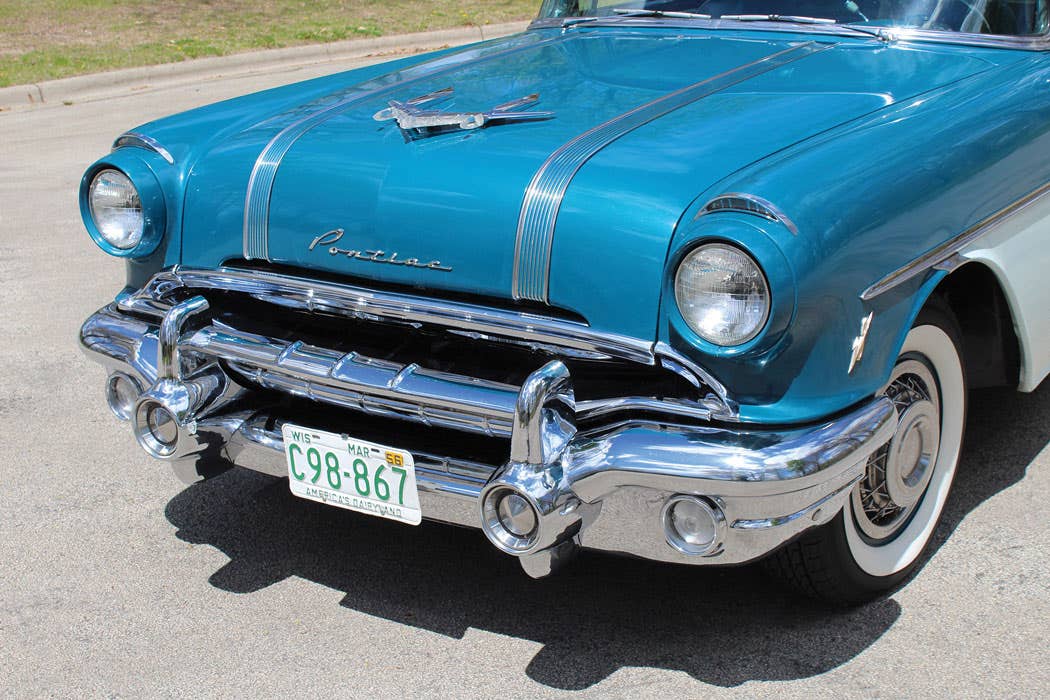
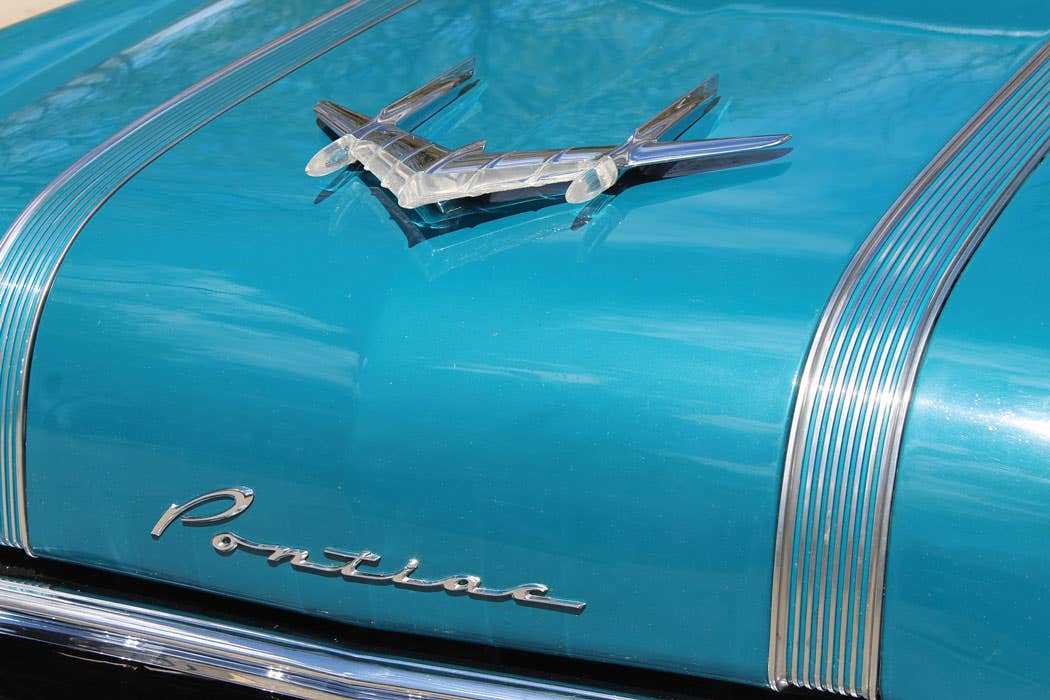
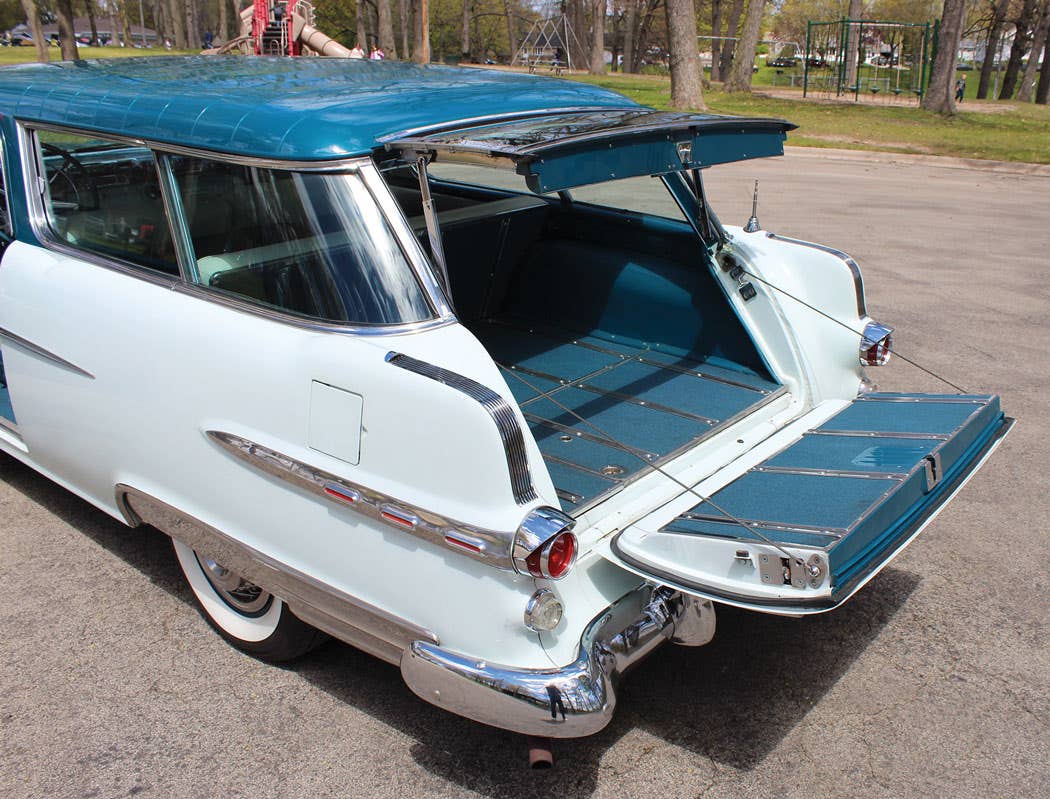
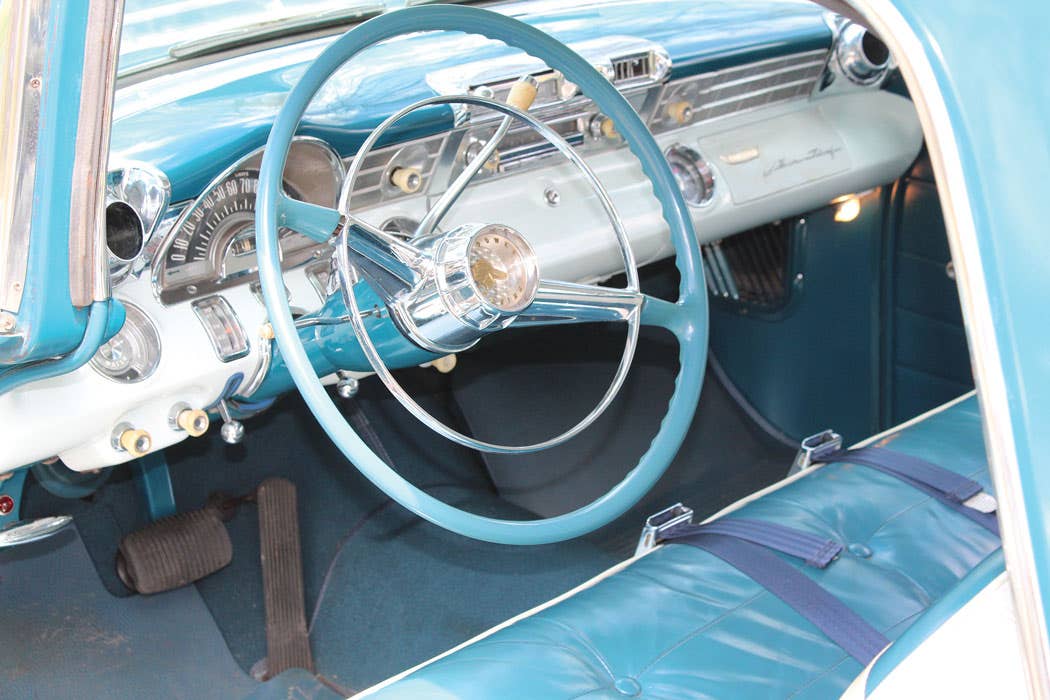
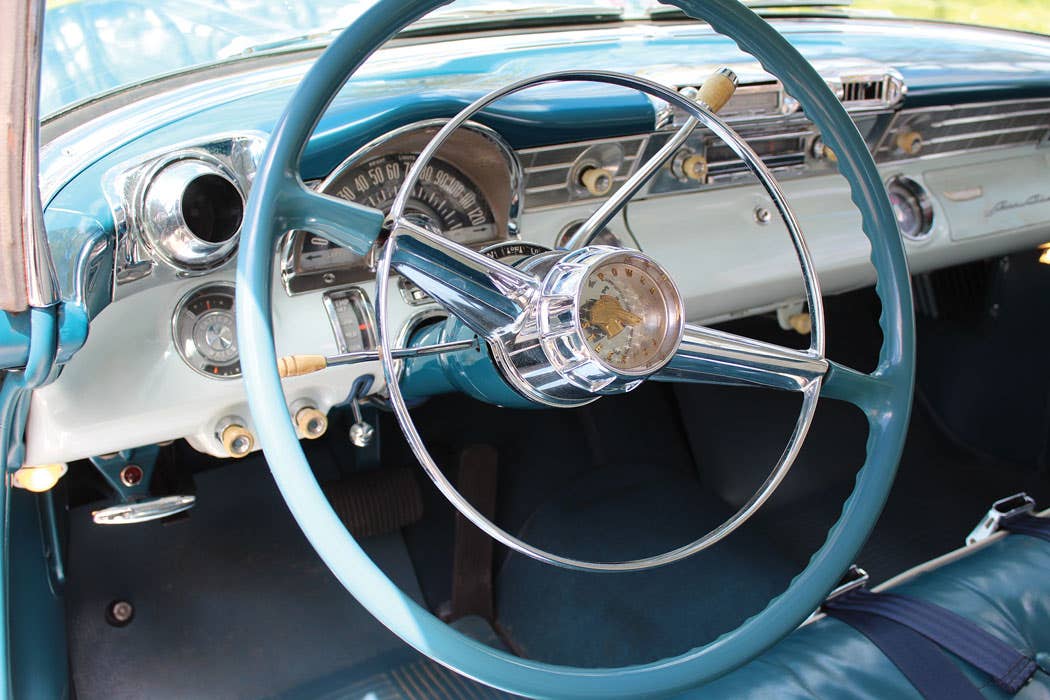
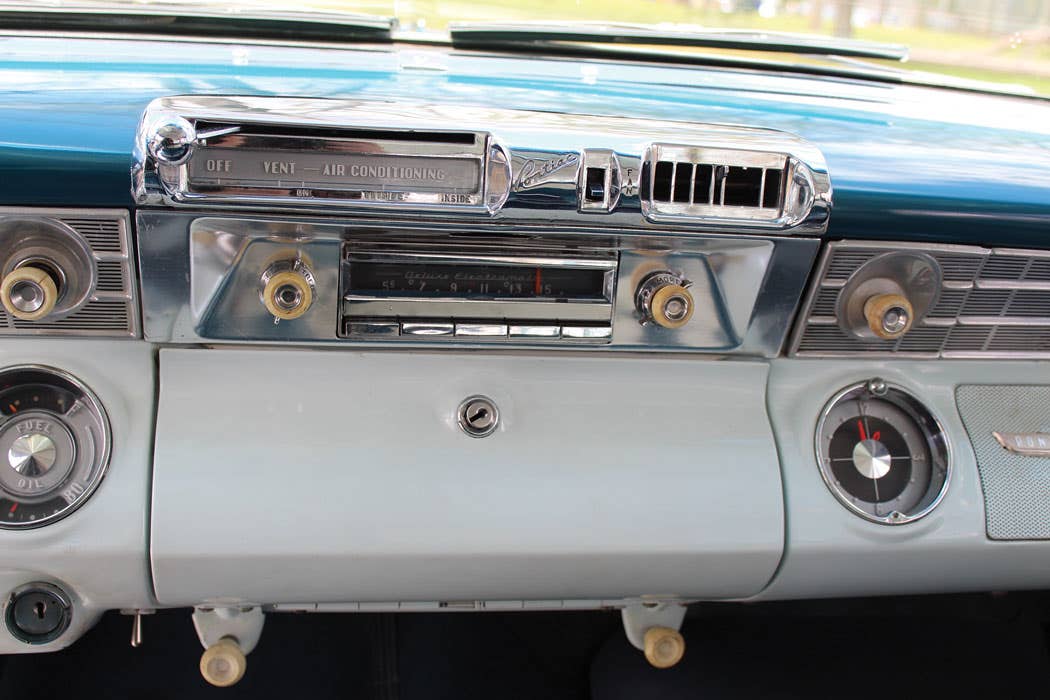


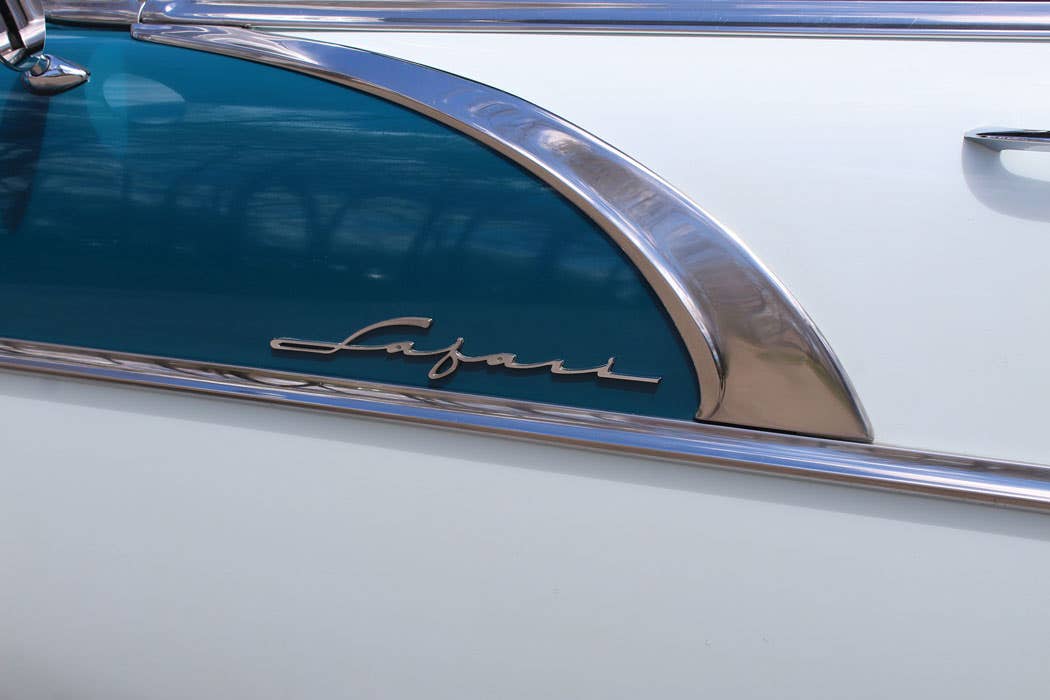
SHOW US YOUR WHEELS!
If you’ve got an old car you love, we want to hear about it. Email us at oldcars@aimmedia.com
If you like stories like these and other classic car features, check out Old Cars magazine. CLICK HERE to subscribe.
Want a taste of Old Cars magazine first? Sign up for our weekly e-newsletter and get a FREE complimentary digital issue download of our print magazine.
*As an Amazon Associate, Old Cars earns from qualifying purchases.








